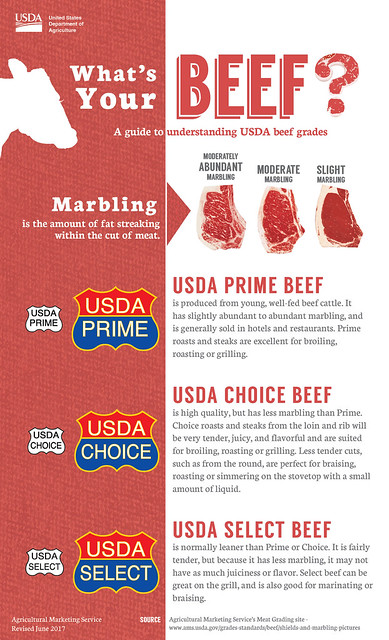

Learn how to choose the perfect steak with this comprehensive guide, including how to identify quality cuts, understand USDA grading, and find the best value at your local grocery store.
When it comes to selecting the perfect steak, not all options at the grocery store are created equal. Despite the wide variety of steaks available, the quality and value of each cut can vary significantly. This article, based on a video by Butcher Wizard, serves as a guide to help consumers navigate the steak selection process, aiming to ensure the best purchase for their money.
Upon visiting a grocery store such as Publix, it is important to examine the meat carefully. One noted issue is the presence of silver skin on the fillets. Silver skin is a tough connective tissue that does not break down during cooking, making the steak chewy and less enjoyable to eat. Ideally, for the price paid, one would expect the silver skin to be already trimmed by the butcher.

Another point of interest is the pricing of porterhouses and T-bones. Often sold at the same price, the better value lies in selecting the cut with the larger fillet portion.

When selecting ribeyes, two key factors should be considered: the thickness of the cut and the size of the ribeye cap. A thicker steak with a pronounced ribeye cap is preferable as it is easier to cook to medium-rare and generally contains more intramuscular fat, which contributes to flavor and juiciness. For example, USDA choice grade ribeyes purchased at Publix for $14.99 per pound could be a good buy, but it’s possible to find better deals, especially when buying in bulk and cutting the meat oneself.

Understanding the USDA grading system is crucial when selecting steaks. The grades - choice and prime - indicate the level of marbling in the meat. Prime grade steaks have more intramuscular fat compared to choice, leading to a juicier and more tender steak, albeit at a higher price.

During a visit to Walmart, inconsistencies in steak packaging were observed. Notably, Wagyu New York strips were available, but the quality between two similarly priced steaks was significantly different. One steak included a top sirloin section, which is less desirable and should not command the same price as New York strip. The price breakdown revealed that approximately $2.85 of the steak's cost was attributed to the less valuable top sirloin, underscoring the importance of careful selection to avoid overpaying.
At Harris Teeter, a regional grocery store, the beef tenderloins displayed still had silver skin attached. This necessitates additional trimming by the consumer, which should ideally be done by the store's butcher to ensure a better quality product and value.
Furthermore, the presence of the chain, a tough piece of meat that typically burns off during cooking, indicates a lack of thorough trimming. A high-quality steak would have this removed before sale.
In summary, when selecting steaks, it is paramount to consider the cut, the presence of silver skin or undesirable sections such as the chain, and the grade of the meat. Understanding these aspects can lead to more informed decisions, ensuring that the consumer receives the best value for their money. It is advised to let less knowledgeable shoppers purchase the inferior cuts while opting for steaks that are well-trimmed and properly graded, thereby maximizing both the culinary experience and the value obtained from the purchase.